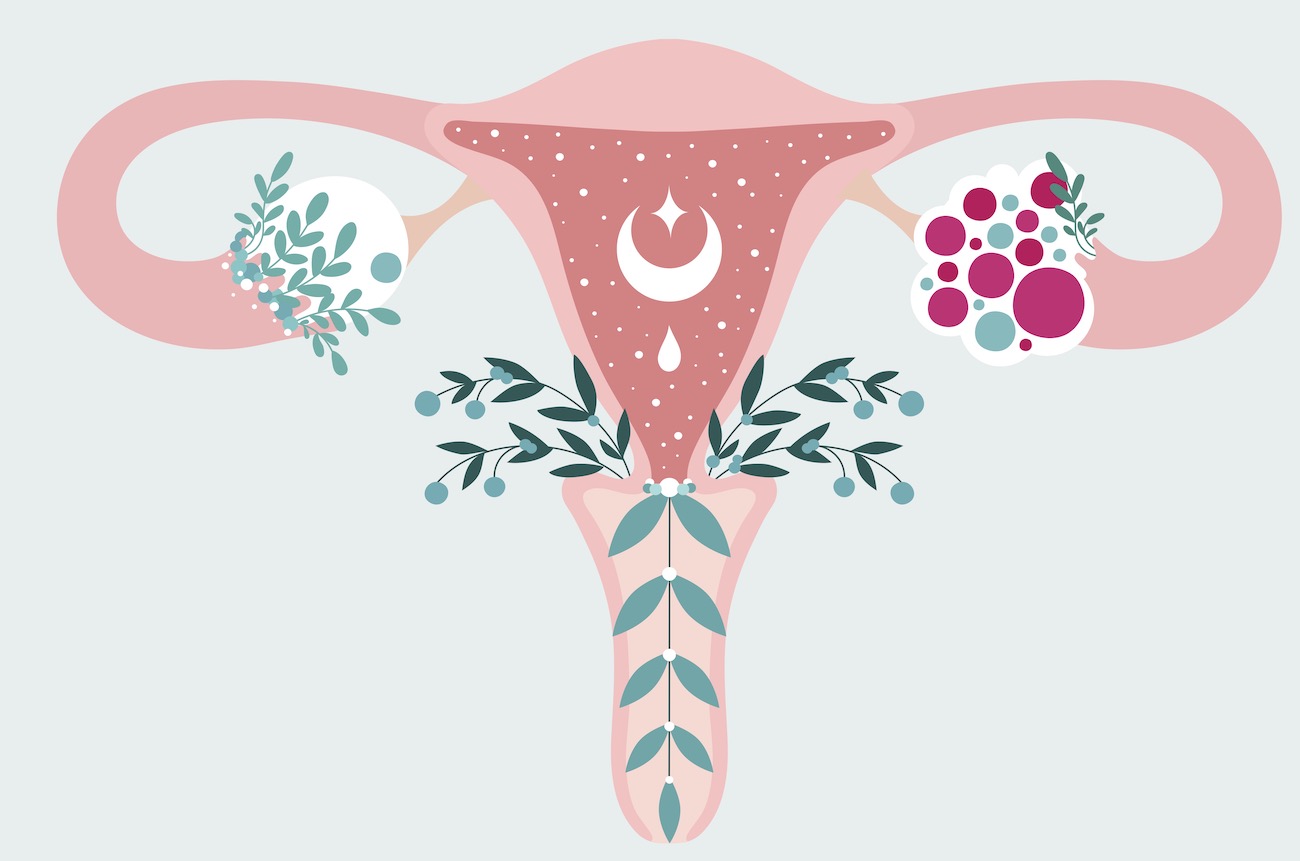If this has happened to you, good news! You have identified your cervical fluid which actually plays a very important role in your fertility and understanding your cycle.
Cervical Fluid
Cervical fluid is produced by the cervix and is made up primarily of water, and contains ever changing amounts of electrolytes, proteins, and mucus molecules.This unique combination changes throughout the menstrual cycle and is influenced by the rising and lowering of various hormones. The cervical fluid consistency, sensation, and color undergoes many changes throughout the menstrual cycle. It ranges from raw egg white, creamy lotion-like, or sticky, glue-like paste. These are typical and healthy changes and provide unique cues into understanding your fertility.
Before ovulation, the cervical fluid becomes more hospitable to sperm. As a result, it becomes increasingly slippery in sensation, and can resemble that of egg-whites. Ovulation is the main event of the cycle, during which time the ovary releases the egg from the follicle. After ovulation, the ovary begins to release progesterone. This shift from rising estrogen to rising progesterone causes the cervical fluid to become thicker, acting as a layer of protection for the cervix and uterus. This also serves to hinder the sperm’s ability to enter the uterus. Many women observe less cervical fluid at this time or a dry sensation. For the remainder of the cycle, the cervix stays closed until the new cycle begins, which is your period.
Some women may experience alternate patterns in their cervical fluid. This can result from stress, hormonal birth control and other medications, PCOS and other hormonal conditions, milk production, and perimenopause.
Once the egg is released during ovulation, it has up to 24 hours to be fertilized. So, do you need to time intercourse during this 24 hour window in order to conceive? No!, thanks to the nourishing qualities of cervical fluid, the fertile window extends for nearly 5-6 days.
Unlike what many believe, you cannot get pregnant on any day of a cycle, and instead can only conceive during the fertile window. Tracking cervical fluid can be challenging so many women may feel they are properly timing their trying to conceive efforts only to learn they missed the mark on their fertile window.
Cervical fluid plays a critical role in fertility and pregnancy because sperm cannot survive in the vagina unless cervical fluid is present. Infact, cervical fluid makes the vagina a sperm-friendly environment. While the vagina is typically an acidic place to be, when fertile cervical fluid is present, the pH becomes more alkaline to meet the needs of sperm.
In addition, cervical fluid provides the nutrients the sperm need to meet the egg. Since the sperm can spend up to 5 days awaiting the release of the egg, they need the rich nutrients provided by the cervical mucus to keep them swimming. Additionally, since the cervical fluid is made of about 96% water, this very fluid consistency helps create pathways for the sperm to swim through to reach the egg.
The magnificent cervical fluid also helps to filter out abnormal sperm, such as those with abnormal shapes and movements. It typically takes between 5-68 minutes for the sperm to arrive at their destination-the fallopian tubes. Many sperm will not make it though and some will even die along the way. The abnormal sperm are often filtered out while the normal sperm are boosted along the way with the channels of cervical fluid.



